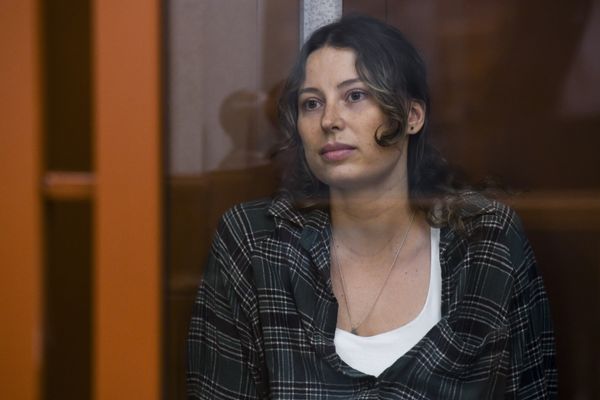
Carlos Edmilson da Silva had already served three years in prison for a crime he had not committed when he was arrested in the Brazilian city of Barueri and accused of a string of horrific rapes.
His face was plastered across newspapers and TV reports, where he was dubbed the “maniac of Castello Branco”, after the highway where 12 women had been raped over two years.
At the age of 24, he was convicted in the first of the 12 cases. By the end of the trials, he had been sentenced to a total of 170 years in jail, where he spent 12 years – before DNA tests revealed that another man had been responsible for the crimes.
Da Silva was released earlier this month and, now aged 36, is trying to rebuild his life.
But his lawyer has warned that the police procedure that led to his arrest is still widely used by Brazilian detectives, and accepted by prosecutors and judges.
Da Silva’s convictions were all based on photo recognition, in which victims were shown his mugshot and asked whether they believed he was the perpetrator.
Now, there are calls for the technique to be scrapped, amid growing evidence that it perpetuates racial bias and has led to miscarriages of justice.
In 2023 alone, Brazil’s superior court of justice (STJ) – the country’s top court for non-constitutional matters – revoked 281 verdicts in which defendants had been wrongly convicted due to errors with photo recognition, according to a study led by the STJ justice Rogério Schietti.
“We accept a kind of amateurism in investigations. We’re satisfied with so little to condemn people to high prison sentences,” said Schietti.
Da Silva was first arrested in 2006 for robbery, and his picture became part of a police mugshot album.
In 2006 and 2007, four women were raped in Barueri, 30km from São Paulo. According to Da Silva’s lawyer Flávia Rahal, one of the victims was shown Da Silva’s photograph and wrongly identified him as her attacker. He spent three years in jail until a DNA test showed he was innocent, and he was released.
“But his picture remained in the album,” said Rahal.
Between 2010 and 2012, 12 more women were raped between Barueri and the neighbouring city of Osasco, and Da Silva was again arrested.
During the trial, one of the investigating detectives told the court how Da Silva had become his prime suspect. “I had already arrested him in 2006 for the same crime. I took his photo and called the victims to recognise him because the characteristics always matched him,” said Janderson de Alencar in footage obtained by TV Globo.
But the rapist’s “characteristics” were just that he was a “medium-height Black man”, said Rahal.
“The investigators showed the victims a photo of him as the only suspect,” she said. “As a result, one ‘identification’ led to another; one charge led to the subsequent one; and one conviction led to the next.”
During his trial, the public prosecutor Vagner dos Santos Queiroz argued that rapists and thieves have a “common physical type and face”.
“In fact, there must be few victims raped by doppelgangers of Brad Pitt, Daniel Craig, and George Clooney,” he wrote, mentioning only white actors.
Four years ago, the Innocence Project Brazil, of which Rahal is a founding director, became aware of the case’s shortcomings, not least that no DNA tests had ever been taken.
When those tests were completed, the results not only cleared Da Silva but also revealed the identity of the perpetrator: a man who was already in jail for robbery.
On 16 May, the STJ ordered Da Silva’s release and annulled all his convictions. In his ruling, Justice Reynaldo Soares da Fonseca said that the photo-recognition methods disregarded Brazilian law, which only permits such practice under specific rules.
Schietti, the supreme court judge, who did not participate in the trial but studies the issue, said that photographs should be used as a last resort.
“But in many cases, the detective only shows the photograph of the one he considers is guilty,” he said. “And usually it’s a Black man.”
Since his release, Da Silva has moved to a remote location far from the city, his lawyer said. According to Rahal, “he is trying to rejoin a society which is very different from the one he knew”.
She said: “The sadness of this case is that 12 women were raped and, when the state acted, it punished an innocent person … No one wins with this, and in the end, society loses.”
Da Silva has made only one public comment since his release, telling TV Globo about his immediate plans: “To get a job and make up for lost time.”







